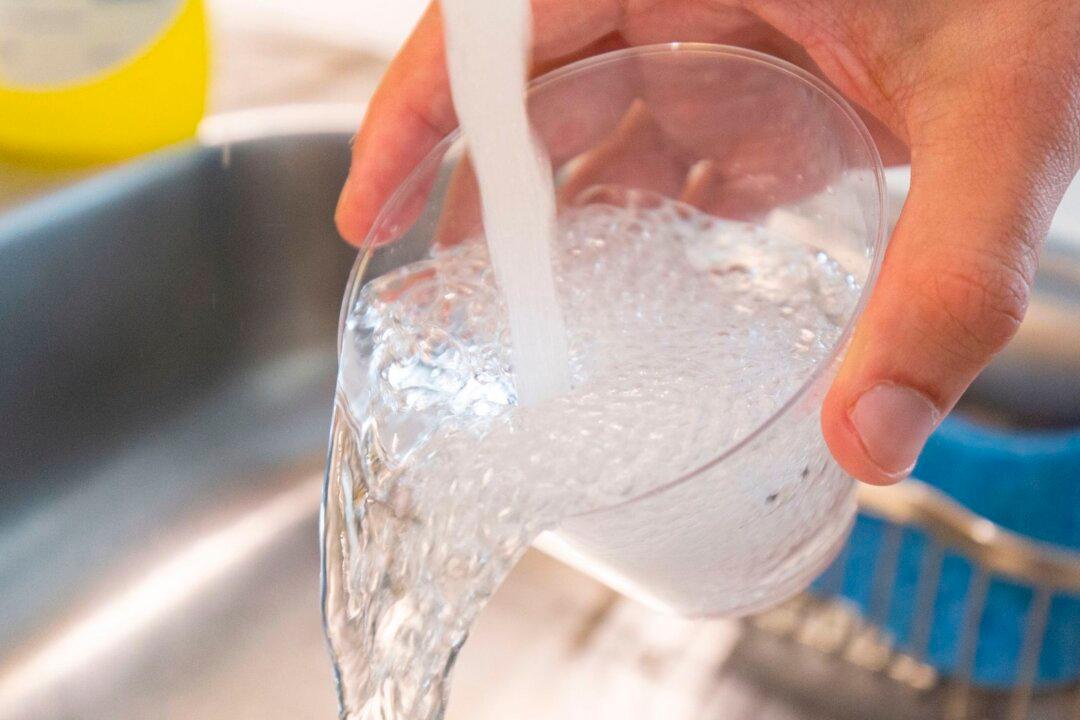The Biden administration is distributing another $5.8 billion to help upgrade water infrastructure in communities across the nation, the White House announced on Feb. 20.
The funding comes from President Joe Biden’s $1 trillion Bipartisan Infrastructure Law, which was signed into law during his first year in office, according to the White House.





